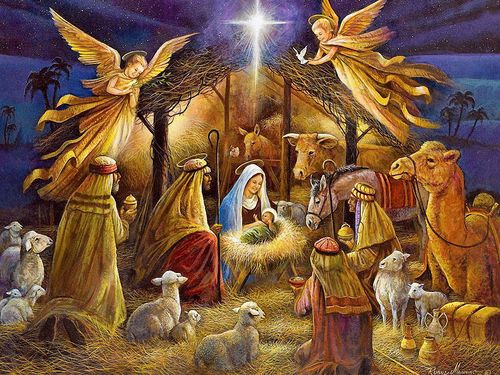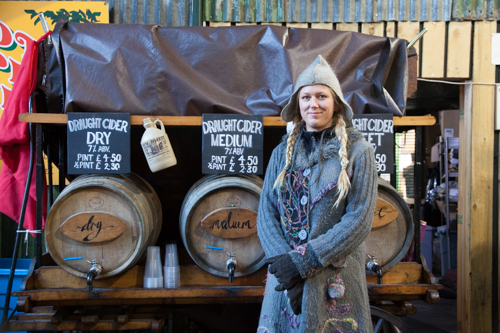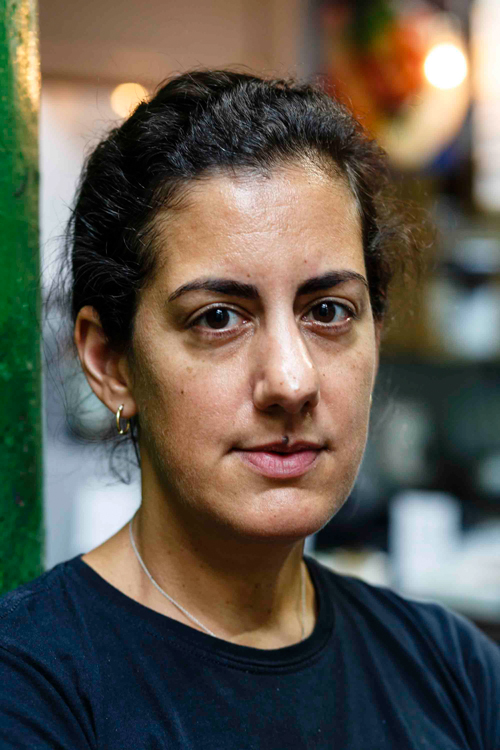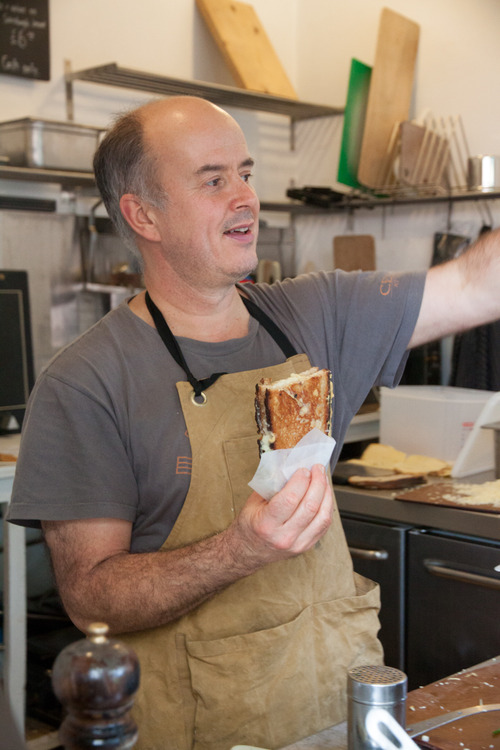Las Posadas
 Saturday, December 16, 2017 at 9:32PM
Saturday, December 16, 2017 at 9:32PM 
This article first appeared on the Borough Market website as part of a 3 part series I am writing exploring lesser-known religious traditions in December from around the world.
En el nombre del cielo (In the name of heaven)
os pido posada (I ask you for lodgings)
Pues no puede andar (For she can’t walk further)
mi esposa amada (my beloved wife)
So begins the call and response song between the procession of peregrinos (pilgrims) and posaderos (innkeepers) re-enacting Joseph and Mary’s journey from Nazareth to Bethlehem looking for a safe place for Mary to rest and give birth.
Las Posadas, a festival celebrated between 16th and 24th December in Latino countries, commemorates this journey. It is particularly important in Mexico, where it has been celebrated for over 400 years. The 9 nights of the festival are most commonly said to represent the 9 months that Jesus was in Mary’s womb, though some say they represent a 9-night journey.
 Vix |
Vix |  Post a Comment |
Post a Comment |  Borough Market,
Borough Market,  Mexico,
Mexico,  commensality,
commensality,  festive in
festive in  Religion
Religion 



